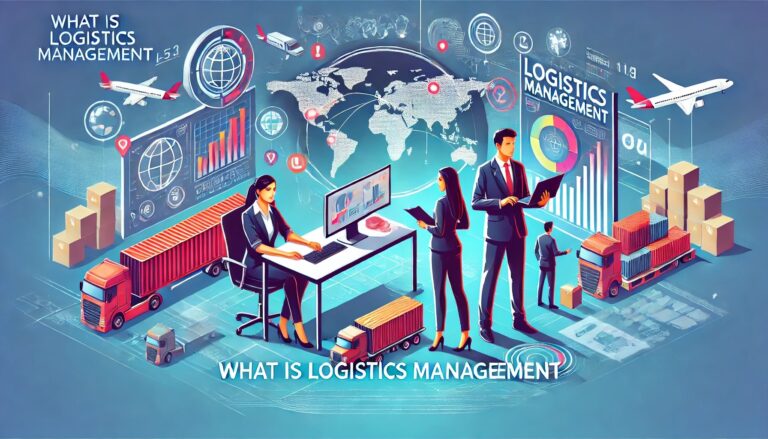Introduction:
In today’s fast-paced corporate world, businesses must be agile to survive and thrive. To do so, organizations must invest in their employees’ development, and training management plays a critical role in this process. In this article, we will explore the concept of what is training management, its importance in the Indian context, and best practices.
What is Training Management?
Training management involves the design, delivery, and evaluation of training programs to enhance employees’ skills and knowledge. It is an essential part of human resource management and a key factor in organizational success. Effective training management helps employees develop the skills and knowledge they need to perform their jobs effectively, increases employee motivation and job satisfaction, and improves overall productivity.
Why is Training Management important in India?
India is a fast-growing economy with a vast and diverse workforce. The country has a large pool of talented individuals, but many lack the necessary skills and knowledge to perform their jobs effectively. According to a report by the National Skill Development Corporation (NSDC), only 2.3% of India’s workforce has undergone formal skill training, compared to 68% in the United Kingdom and 96% in South Korea. This lack of training has resulted in a significant skills gap and hindered India’s economic growth.
Furthermore, the COVID-19 pandemic has highlighted the need for upskilling and reskilling in the Indian workforce. With the shift towards remote work and the adoption of new technologies, employees must have the necessary skills to adapt to these changes. Effective training management can help bridge the skills gap and ensure that employees are equipped with the skills they need to succeed in the new normal.
Best Practices for Effective Training Management:
1. Needs Assessment:
Before designing a training program, it is essential to conduct a needs assessment to identify the skills and knowledge gaps in the workforce. This assessment can be done through surveys, focus groups, or interviews with employees and managers
2. Design:
Once the training needs have been identified, the training program should be designed to address those needs. The program should be interactive and engaging, incorporating a variety of teaching methods such as lectures, case studies, and role-playing exercises.
3. Delivery:
The training program should be delivered in a way that is convenient for employees, taking into account their work schedules and learning preferences. The delivery method can be in-person, online, or a combination of both.
4. Evaluation:
After the training program has been completed, it is essential to evaluate its effectiveness. This evaluation can be done through surveys or feedback from employees and managers. The results of the evaluation should be used to improve future training programs.
5. Continuous Learning:
Training should be an ongoing process, and employees should be encouraged to continue learning and developing their skills. This can be done through on-the-job training, mentoring programs, or additional training courses.
Conclusion:
In conclusion, training management is a critical component of human resource management that can have a significant impact on organizational success. With the skills gap in India’s workforce and the need for upskilling and reskilling in the post-pandemic era, effective training management has become more important than ever. By following best practices such as needs assessment, design, delivery, evaluation, and continuous learning, organizations can ensure that their employees have the skills and knowledge they need to succeed.








